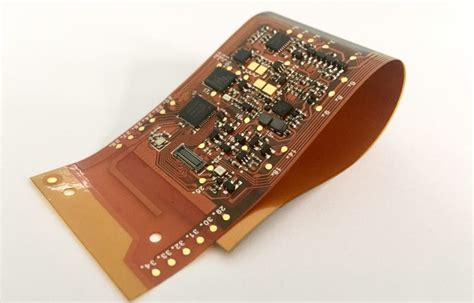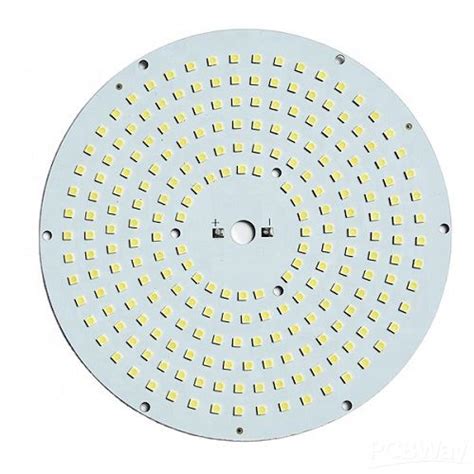
8 Advantages of Rigid-Flex PCBs
What are Rigid-Flex PCBs? Rigid-flex PCBs are a type of printed circuit board that consists of both rigid and flexible substrates. The rigid portions of[…]

How Many Types of PCB Are in the Electronics Industry?
PCB Classification Based on Number of Layers One of the primary ways to classify PCBs is by the number of conductive layers they contain. Here[…]

Rigid-Flex PCB Manufacturing Process and Applications
Introduction to Rigid-Flex PCBs Rigid-Flex PCBs are a unique type of printed circuit board that combines the best features of both rigid and flexible PCBs.[…]

4 Common Issues in PCB or PCB Pads and How to Fix
Introduction to PCB Troubleshooting Printed Circuit Boards (PCBs) are the backbone of modern electronics, connecting various components to create functional devices. However, during the manufacturing[…]

ENEPIG vs ENIG: Which Surface Finish is Better?
Introduction When it comes to selecting a surface finish for printed circuit boards (PCBs), there are several options to choose from. Two of the most[…]

Ultimate Guide to EMC PCB Design and EMC Standards
Introduction to EMC PCB Design Electromagnetic Compatibility (EMC) is a critical aspect of Printed Circuit Board (PCB) design that ensures electronic devices function properly in[…]

Electrostatic Spraying Technology Used in Thick-Copper PCB
Introduction to Electrostatic Copper Spraying Electrostatic copper spraying is an advanced technology used in the manufacturing of printed circuit boards (PCBs) with thick copper layers.[…]

Double-Sided PCB Types and Manufacturing
Types of Double-Sided PCBs Double-sided PCBs come in various types, each with its own characteristics and applications. The main types include: Standard Double-Sided PCBs Standard[…]

9 Problems and Solutions with Printed Circuit Boards
Problem 1: Solder Bridges Solder bridges occur when excess solder connects two or more adjacent pads or traces on a PCB, creating an unintended electrical[…]

SMD LED vs COB LED vs DOB LED – 3 Options for LED PCBs
What are SMD LEDs? SMD (Surface Mounted Device) LEDs are the most widely used type of LED package. As the name implies, SMD LEDs are[…]